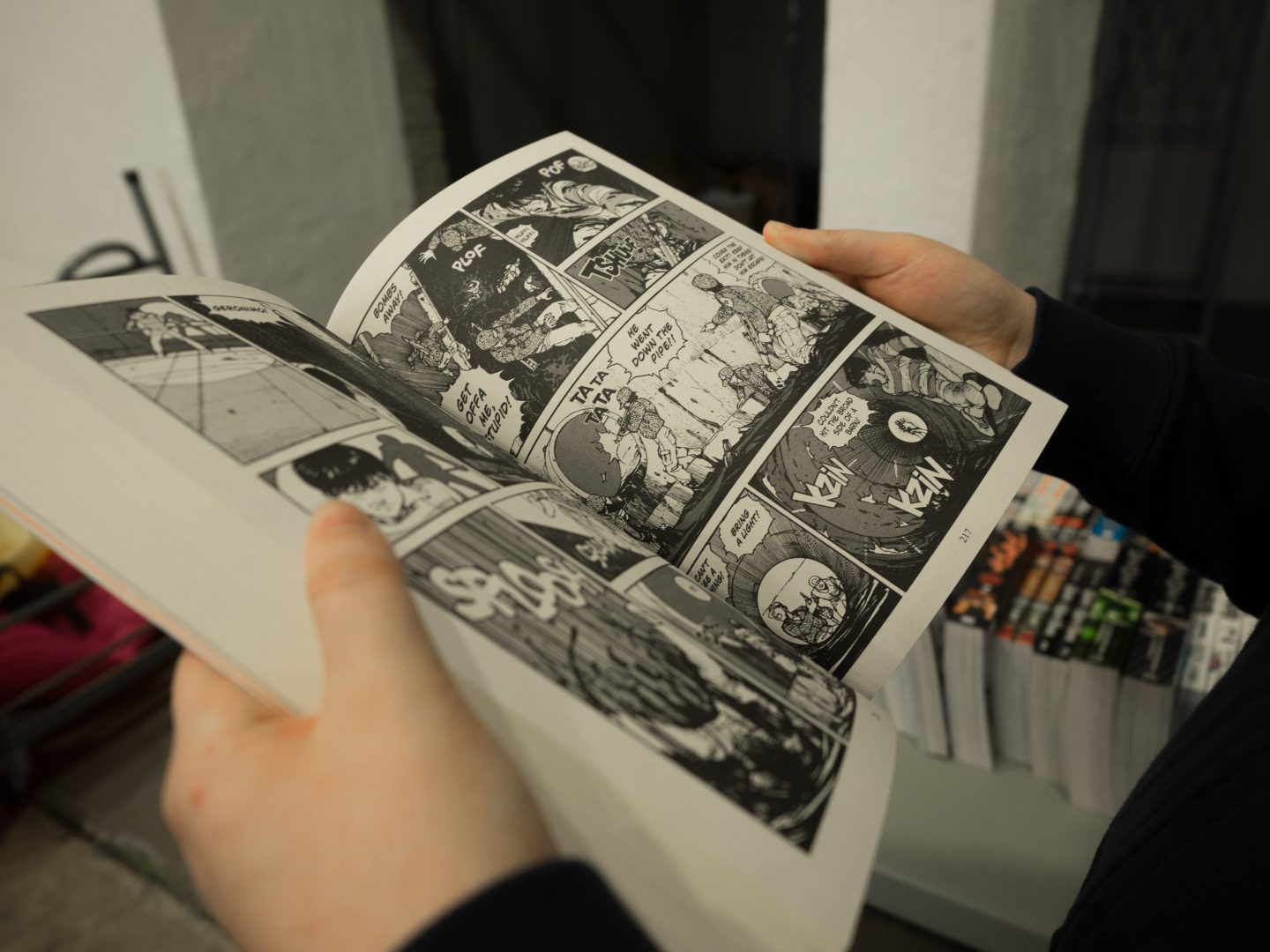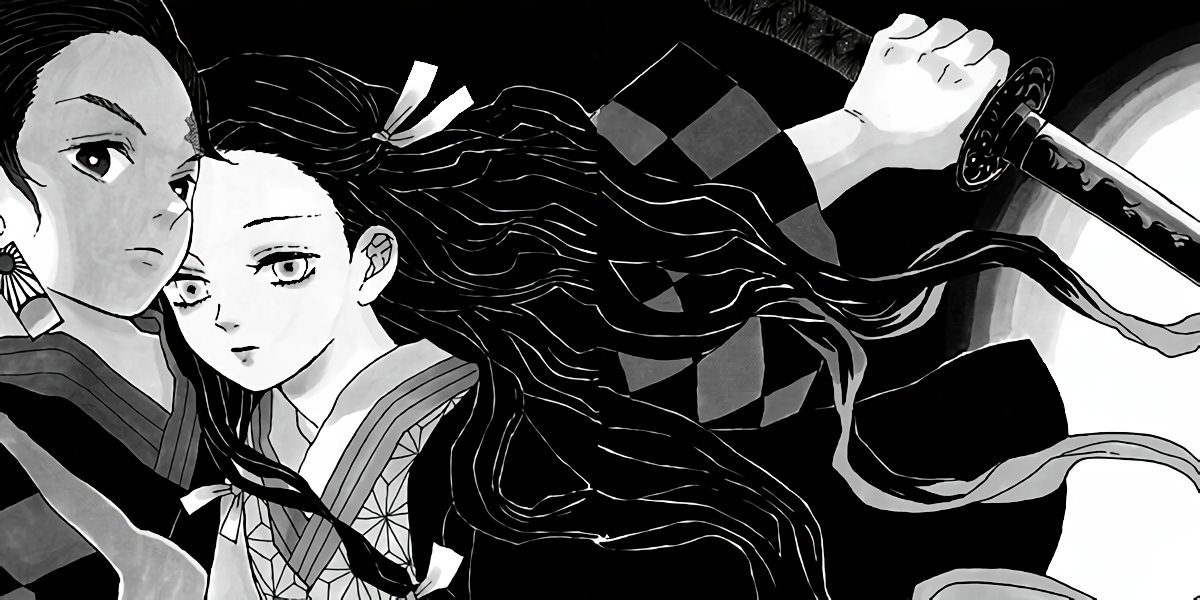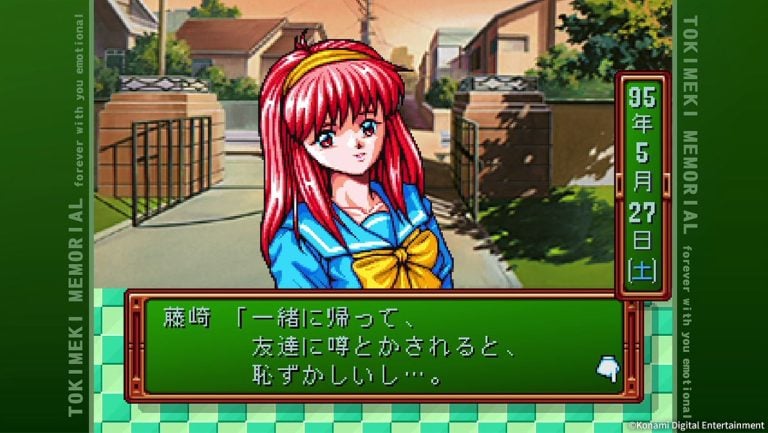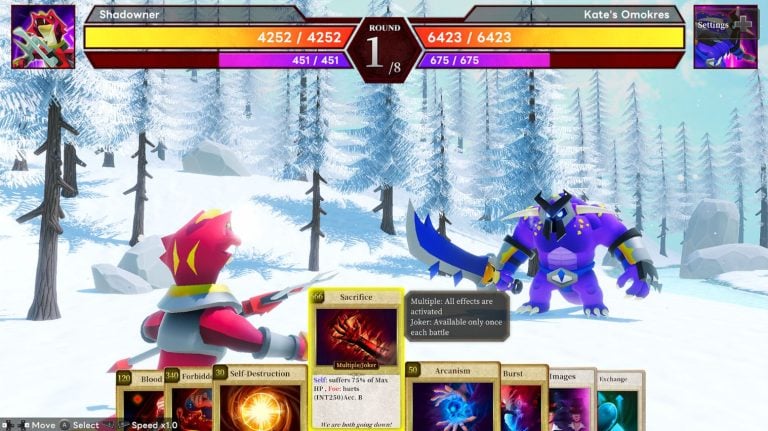A Japanese entrepreneur’s recent remarks about Japanese manga being outdated in comparison to the webtoon comic style has caused some controversy, with supporters of traditional manga defending the format. This has sparked a discussion about whether and which of the two major forms of comic books is superior.
During a segment on the Japanese radio station TOKYO FM TOKYO SPEAKEASY, the controversial entrepreneur Takafumi Horie shared his opinion on the state of Japanese manga in comparison to the globally trending webtoon comic format. In a conversation with manga artist Akiko Higashimura, Horie argued that the traditional “Japanese system” is outdated by ten years. The term “Japanese system” refers to the typical monochrome visuals and right-to-left story progression of Japanese manga.

According to Sponichi, he specifically pointed to the popularity of the manga Demon Slayer as the reason why Japanese manga is “a decade behind,” identifying the manga’s use of the traditional manga format, as opposed to a vertically scrolling webcomic one, as the reason why Japan has yet to fully “catch on” to the webtoon trend.
In recent years, vertically scrolling webcomics have gained popularity among comic book enthusiasts. Originating from South Korea, webtoon comics are digital comics that are typically read in a vertical format, allowing readers to smoothly progress through the story via mobile and similar devices. The trend of vertically scrolling comics has grown so much in recent years that some Japanese manga artists have adopted the format as well. With webtoons growing in popularity in a country that already has a long history of manga production, it appears that the new format offers a new way for readers to enjoy comics.

Although scrolling format webcomics are indeed popular around the world, the entrepreneur’s comments this time around received mixed reactions from online users, with many defending the traditional style of Japanese manga and mentioning the downsides of producing webtoons. Some readers pointed out the fast release schedules of many webtoons, questioning the sustainability of weekly story updates. One user stated, “Webtoon-style manga are certainly popular, but do you know how often the manga artists who create them go on hiatus? If it’s a weekly series, you can’t do it without forming a team first, right? Isn’t it unreasonable to publish full-color comics when there are already writers who get sick even with monochrome weekly publications like Jump? Do you want to kill manga artists?”
While some Japanese manga also follow a weekly chapter release schedule, the addition of having to color everything adds to the workload, possibly creating a stressful situation for manga artists. Even experienced Japanese manga artist Yayoiso, who successfully adopted the webtoon style herself, found creating a full-color weekly series challenging. (Related article)
On the other hand, while the colorful visuals of webtoon-style comics may enhance the reading experience for some, others prefer the colorless visuals of traditional manga. One user shared, “I think monochrome is totally fine. It’s fun to imagine what colors would be used instead of having them already decided.” Similarly to imagining the visuals of a pictureless book, it seems that many readers enjoy letting their brains fill in the blanks of the black-and-white pages of Japanese manga.
Users also pointed out that the differences in comic formats don’t necessarily make one better than the other and that each format has its own pros and cons. Many users mentioned that webcomics with a scrolling feature may have text sizing issues as well as make it impossible to create certain scenes, such as dramatic two-page panels. One user commented, “Japanese monochrome manga and panel layout have become an art form, and although webtoons may be “innovative,” I don’t think Japanese manga should be described in terms of being “late” or not. To be honest, color is not necessarily a good thing. It is also tiring to the eyes. Honestly, I don’t think that color = good. My eyes get tired too. And, I’ll be blunt. Personally, I avoid reading full-color and vertical scrolling comics on the small screen of my smartphone because it’s physically tiring.”
Readers of either format didn’t seem to resonate with the opinion that Japanese monochrome manga was an outdated format, however, there were a few users who noted that colored manga could make complex scenes easier to make out. One user commented, “I don’t care if it’s horizontal or vertical as long as it’s in color. It’s hard to read shounen manga when they’re in black and white. I can’t tell what the characters are doing.”
Webtoons have experienced a surge in popularity over the past decade, thanks to their accessibility through comic reading apps and their distinctive vertical scrolling feature. However, despite their rising popularity, fans of traditional black-and-white manga with horizontal layouts don’t seem to want to switch one format out for another. The unique features of each reading format seem to cater to different preferences and audiences, making it unlikely that one format will completely replace the other.





